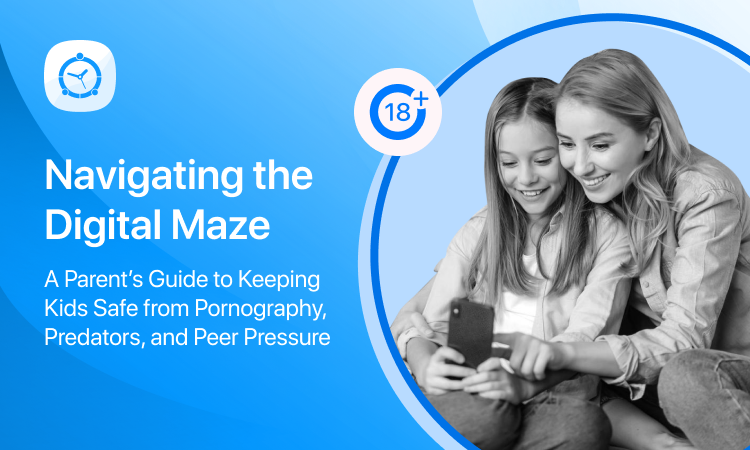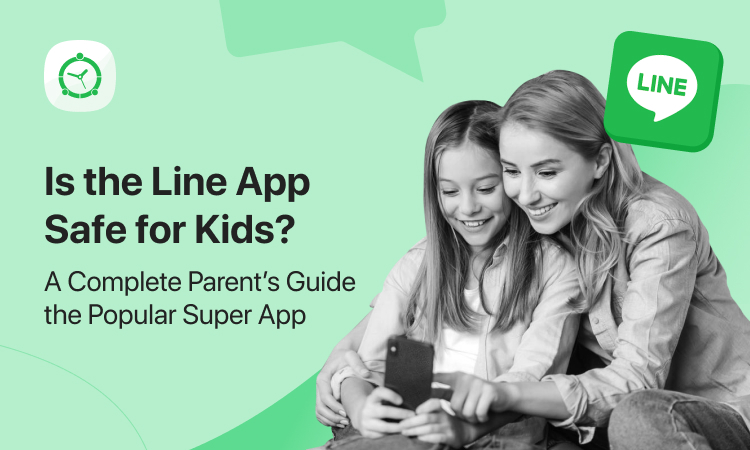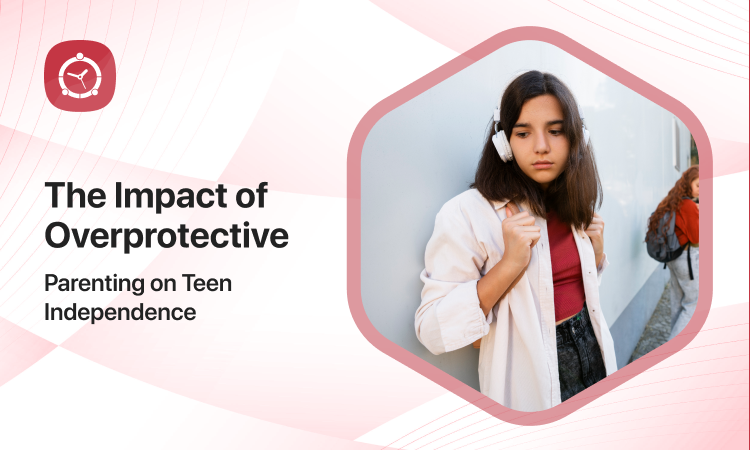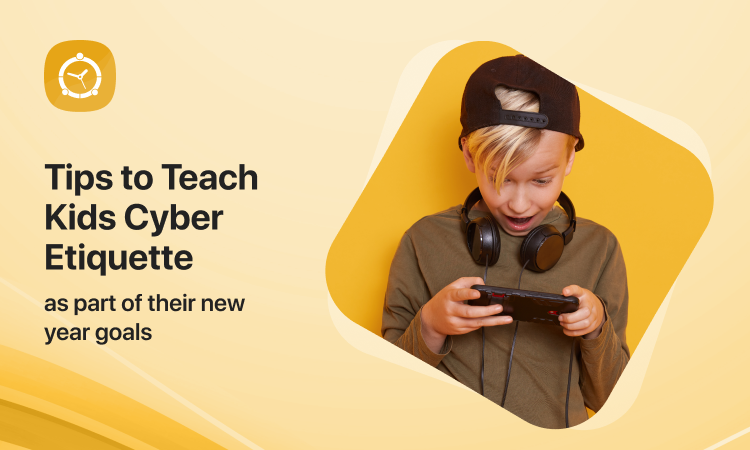In today’s online world, children face more challenges than ever before. This guide helps parents understand and address the risks of internet exposure, empowering them to create a safer, more secure digital environment for their children.
Let’s explore the hidden dangers of the web—together!
1. Porn: Too Common, Too Easy
In the past, accessing porn was quite a challenge. Now, it’s just a click away! Shockingly, over 50% of children aged 11-13 have already encountered it online, often unintentionally.
Why It Matters
While some may see it as harmless, the reality tells a different story. Most online porn portrays unhealthy concepts about sex and consent, which can lead children to develop misguided notions about relationships.
Furthermore, it can negatively impact their self-image, particularly when they compare themselves to what they see. These comparisons are often extremely unrealistic!
What Parents Can Do
Instead of ignoring the topic, talk about it. For example, ask questions like:
- “Have you ever come across something weird online?”
- “Do you know what to do if someone sends you something bad?”
- “What do you think a healthy relationship looks like?”
In addition, keep your reactions calm. This helps your child feel safe and supported.
2. Online Predators: Closer Than You Think
Predators don’t always seem dangerous. Instead, they can appear friendly. They often use apps that your child already uses, such as games, chat platforms, or social media.
Initially, the conversations seem harmless. However, they can quickly escalate into requests for private photos or personal information.
The Problem Is Growing
According to a Thorn report, 1 in 5 girls and 1 in 10 boys aged 13–17 have been contacted online in a sexual way. Unfortunately, many teens don’t recognize the danger until it’s too late.
Warning Signs
Look for sudden changes. For instance, if your child:
- Became secretive about their phone
- Gets upset when you ask who they’re talking to
- Mentions new online friends you’ve never heard of
These could all be red flags. Therefore, staying involved in your child’s digital life is crucial.
Unlock Peace of Mind with FamilyTime
For more than a decade, FamilyTime Parental Control has been a steadfast ally for parents, empowering them to safeguard their children from the dangers lurking online, particularly those posed by sexual predators. Trusted by millions of families worldwide, this app has become a beacon of reliability and effectiveness in ensuring digital safety, giving parents peace of mind as their children navigate the online world.
Notably, FamilyTime gained national attention in the United States when it helped a father rescue his daughter from a sexual predator. This story quickly went viral, highlighting the app’s real-world impact.
Mr. Aziz Ahmed, Founder and CEO of FamilyTime, is passionate about online safety for families. Since the app’s launch, he has been on a mission to empower parents with peace of mind while safeguarding their children from the ever-evolving digital dangers of our hyper-connected world. With FamilyTime, he is transforming the digital landscape into a safer haven for families everywhere!
Key Features of FamilyTime Parental Control:
- Block inappropriate apps and websites to protect children from harmful content
- Set daily screen time limits to encourage healthy digital habits.
- Monitor call logs and text messages for signs of risky communication.
- Track your child’s real-time location to ensure their physical safety.
- Pause device usage during key moments, such as family meals or bedtimes.
These features provide parents with both greater control and reassurance, enabling them to create a balanced, safe, and responsible digital environment for their children.
3. Peer Pressure: Always Online
Peer pressure is nothing new. However, today’s peer pressure is digital and constant. Teens often feel the need to post selfies, join trends, or even share risky photos just to fit in.
As a result, many end up doing things they don’t truly want to do. Moreover, once something is shared online, it’s hard to erase.
Real-Life Consequences
Some teens are tricked into “sexting” or taking part in harmful challenges. In some cases, these actions lead to bullying or blackmail. Sadly, the emotional impact can last for years.
How to Help
Start honest conversations early. For example, ask:
- “Do your friends ever ask you to post things you’re unsure about?”
- “What would you do if someone dared you to do something online?”
- “Have you ever wanted to say no, but didn’t know how?”
When kids know they can talk to you, they’re more likely to ask for help.
4. Smart Steps for Online Safety
Although these dangers sound scary, there’s good news. With the right tools and habits, your child can stay safe and confident online.
✅ Talk Regularly
Make digital safety part of everyday conversations. This shows your child that you care and that they can come to you for support.
✅ Set Boundaries Together
Rather than making all the rules yourself, include your child in the process. As a result, they’ll feel heard and more willing to follow them.
✅ Use FamilyTime to Help
FamilyTime gives parents control without spying. For example, you can block harmful content or limit screen time during homework hours. You can also track your child’s location.
✅ Build Critical Thinking
Teach your child how to think online. For instance, ask them to think before they click or post. Help them ask:
- “Is this safe to share?”
- “Who might see this later?”
- “Is this person really who they say they are?”
These habits build confidence and protect their privacy.
✅ Be a Role Model
Kids often learn from what they see. Therefore, show good habits like putting down your phone during meals and being respectful online.
Final Thoughts
The internet opens a world of incredible opportunities, but it also presents some serious dangers, especially for our young explorers. From the alluring temptations of pornography to the lurking threats of online predators and the incessant pressure from peers, these challenges can feel overwhelming. However, they are manageable with the right approach!
Stay engaged as a parent or guardian! Use tools like FamilyTime to monitor activities, and most importantly, encourage open conversations with your child. The goal isn’t just to shield them from everything; it’s about building a foundation of trust and nurturing their ability to navigate the digital landscape wisely.
Remember, it’s all about balance, connection, and protection that go hand in hand in this digital age!








